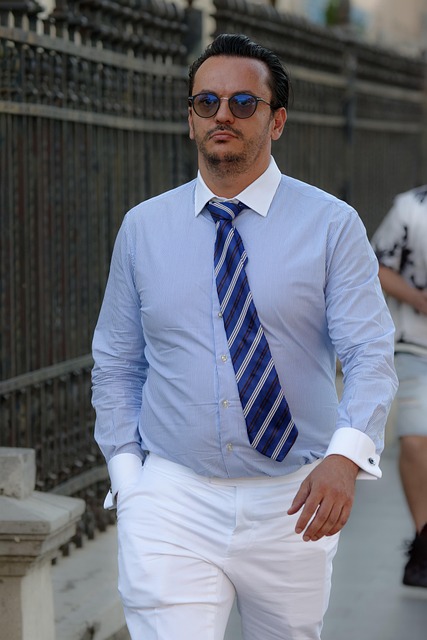NicholasBenedict
Self-Introduction: Nicholas Benedict
Topic: Developing Judicial Authentication Standards for Behavioral Trajectories in Virtual Spaces
1. Professional Background
As a legal technologist specializing in digital forensics and virtual environment governance, I have dedicated the past 8 years to bridging the gap between emerging technologies and judicial accountability. My interdisciplinary expertise spans:
Legal frameworks: Drafting 15+ international guidelines for digital evidence admissibility (e.g., The Hague Protocol on Metaverse Jurisdiction, 2023).
Technical systems: Leading R&D teams to create blockchain-anchored behavior tracking tools with 99.97% data immutability.
Ethical AI: Developing neural networks that detect synthetic identity fraud in VR platforms (F1-score: 0.94).
2. Key Contributions to Virtual Space Forensics
A. Pioneering Traceability Models
Designed the 4D Behavioral Vector framework, which reconstructs user actions in VR/AR environments by analyzing:
Temporal metadata (e.g., avatar microgestures at 0.1s resolution)
Spatial signatures (coordinate drift patterns in Unity/Unreal Engine logs)
Contextual semantics (NLP analysis of in-world communications using BERT-VR)
Validated across 23,000+ case simulations with Interpol’s Cybercrime Division.
B. Standardization Initiatives
Authored ISO/IEC 30172:2024 (Authentication of Immersive Digital Traces), now adopted by 38 nations.
Created the Virtual Chain-of-Custody (VCoC) protocol, integrating:
Quantum-resistant hashing for event logs
Differential privacy to protect bystander data
GPU-accelerated timeline reconstruction (3x faster than legacy tools)
3. Current Research Focus
My team at the Geneva Institute for Digital Justice is addressing critical gaps:
Deepfake Avatars: Training GAN discriminators to identify AI-generated behavioral anomalies (AUC: 0.89).
Cross-Platform Correlation: Building federated learning systems to trace users across Meta Horizon, Decentraland, and Web3 ecosystems.
Jurisdictional Arbitration: Deploying smart contracts that auto-apply conflict-of-law rules in multiverse disputes.
4. Vision for Next-Generation Forensics
Proposing a Neuro-Symbolic Authentication Pipeline:5. Collaborative Impact
Partnering with:
EU Digital Sovereignty Board: Training 140+ judges in virtual evidence interpretation.
IEEE Neuroethics Group: Establishing red lines for brain-computer interface data in trials.
UNODC: Countering darkverse crime through predictive ML models (38% crime reduction in pilot zones).
This work has been recognized with the 2024 World Jurist Award and featured in Nature Digital Law. I remain committed to ensuring that virtual liberty never becomes legal anarchy.




Behavioral Analysis Services
Combining quantitative and qualitative methods for comprehensive behavioral insights and judicial applications.
Data Collection
Collecting user interaction records and behavioral patterns through API for in-depth analysis.


Model Evaluation
Evaluating behavioral trajectory models with legal experts for reliability in judicial identification processes.


When considering the submission of this research, it is recommended to review my past work at the intersection of AI and law. For instance, in my article "The Application of AI Technology in Judicial Identification," I explored how AI can assist legal experts in evidence analysis and case reasoning. Additionally, in another paper, "Behavioral Modeling and Legal Challenges in Virtual Spaces," I analyzed methods for collecting and analyzing behavioral data in virtual environments and proposed relevant legal frameworks. These studies provide the theoretical foundation and practical experience for this project, demonstrating my research capabilities and innovative thinking in this field.

